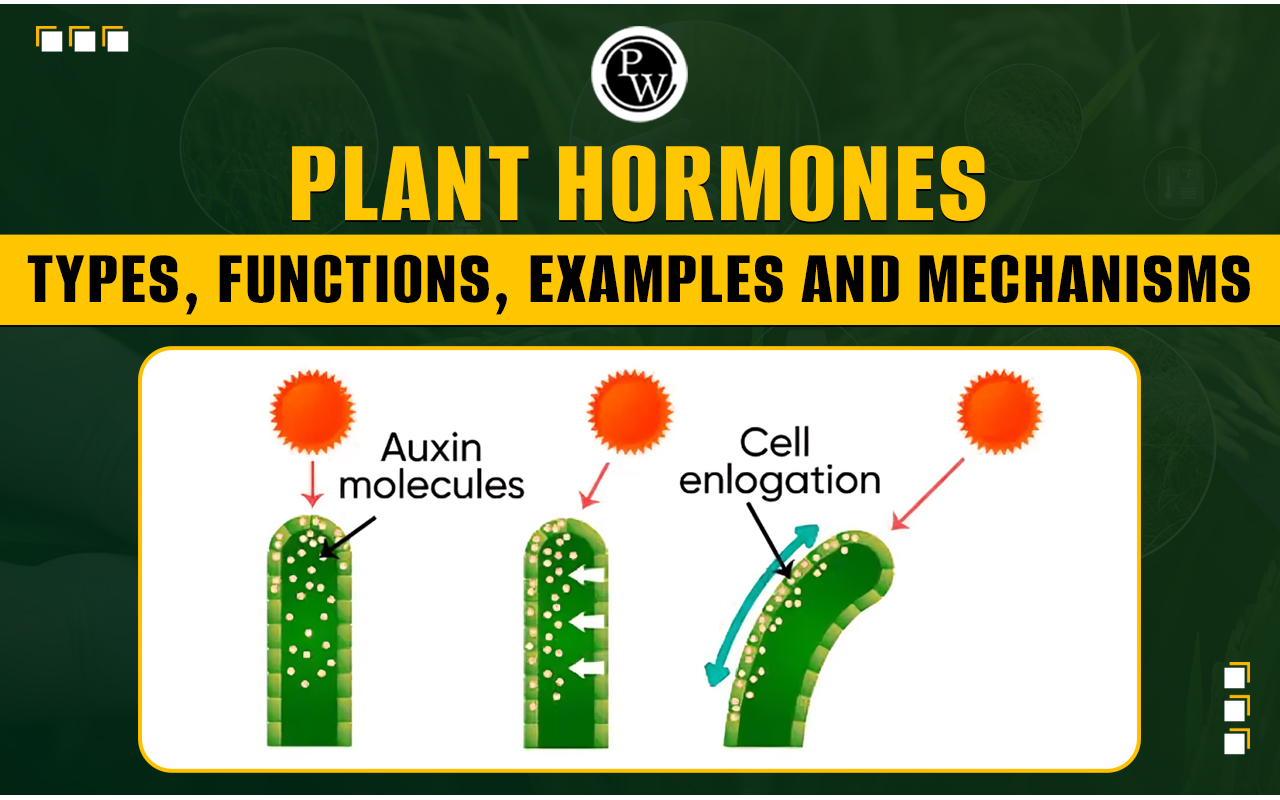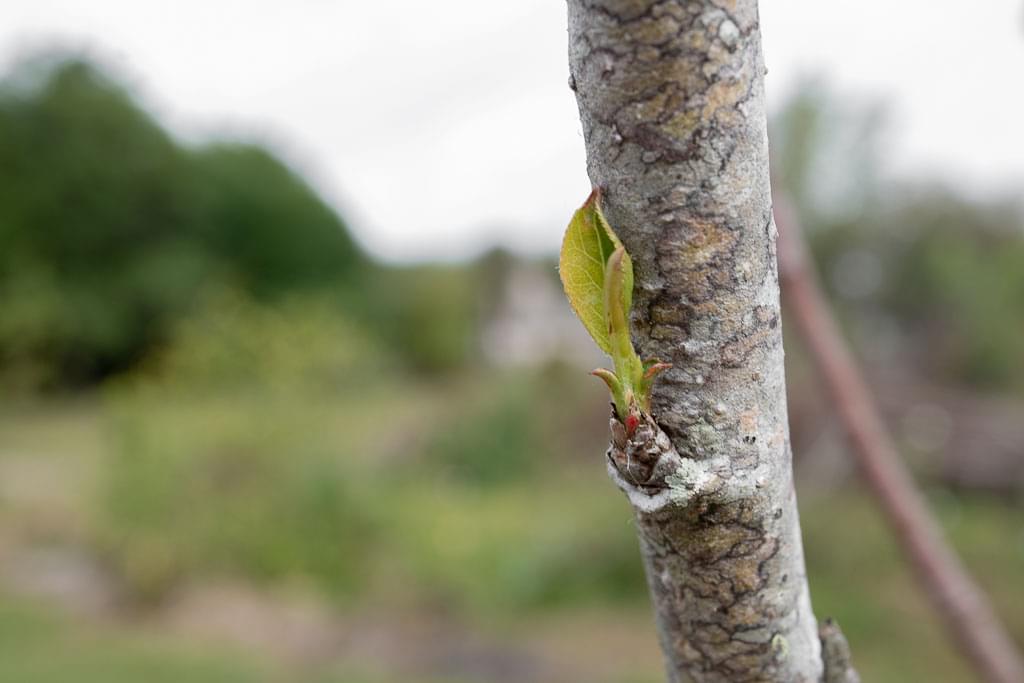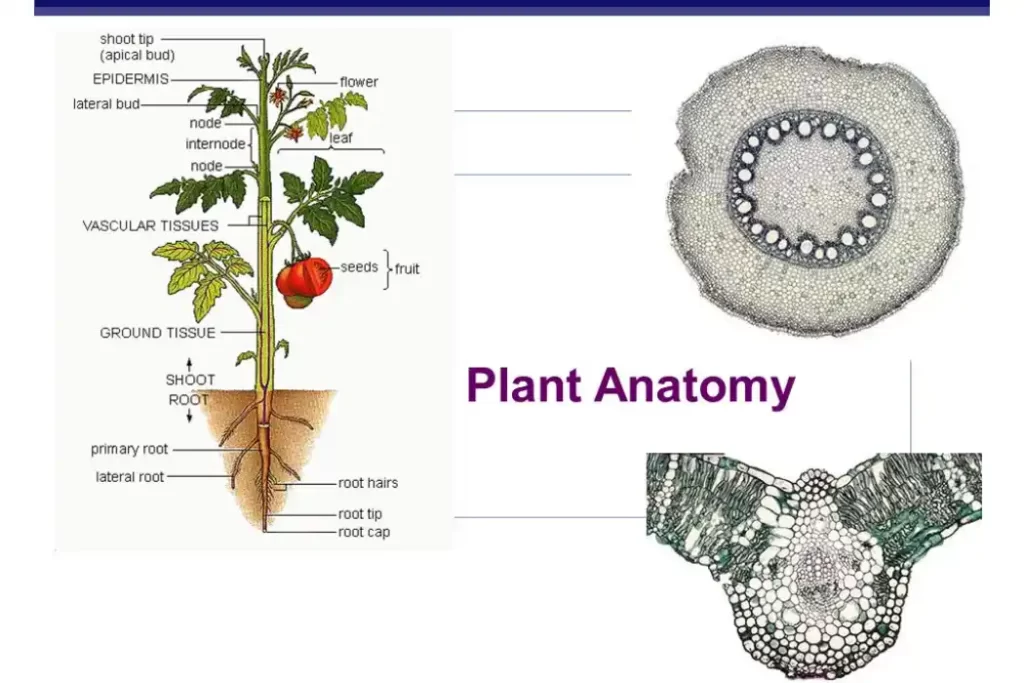Unlocking the Secrets of Plant Water Uptake: A Comprehensive Guide
Water, the elixir of life, is just as vital for plants as it is for us. But have you ever stopped to wonder how these seemingly stationary organisms manage to slurp up the life-giving fluid from the soil and transport it throughout their leafy bodies? The process, known as plant water uptake, is a fascinating interplay of physics, chemistry, and biology. It’s a complex mechanism that underpins plant survival, growth, and ultimately, the health of our entire ecosystem.
The Importance of Water for Plants
Before we dive into the nitty-gritty of water uptake, let’s take a moment to appreciate why water is so crucial for plants. Think of water as the Swiss Army knife of the plant world – it performs a multitude of essential functions.
- Photosynthesis: Water is a key ingredient in photosynthesis, the process by which plants convert sunlight into energy. Without water, plants can’t produce the sugars they need to survive.
- Nutrient Transport: Water acts as a delivery system, carrying essential nutrients from the soil to every part of the plant. These nutrients are dissolved in water and transported via the xylem.
- Structural Support: Water pressure, or turgor pressure, helps keep plant cells firm and rigid, providing structural support to stems, leaves, and flowers. Imagine a deflated balloon – that’s what a plant cell looks like without enough water!
- Temperature Regulation: Plants use water to cool themselves through transpiration, a process similar to sweating in animals. As water evaporates from the leaves, it carries away heat, preventing the plant from overheating.
The Journey Begins: Water in the Soil
The story of plant water uptake begins in the soil, a complex environment teeming with life. Soil isn’t just dirt; it’s a mixture of mineral particles, organic matter, air, and, of course, water. The amount of water available to plants depends on several factors, including soil type, rainfall, and evaporation rates.
Soil Types and Water Retention
Different soil types have different abilities to hold water. Sandy soils, with their large particles, drain quickly and don’t retain much water. Clay soils, on the other hand, have small particles and can hold a lot of water, but the water may not always be readily available to plants. Loam soils, a mixture of sand, silt, and clay, offer the best of both worlds – good drainage and good water retention.
Water Potential: A Key Concept
To understand how water moves from the soil into the plant, we need to introduce the concept of water potential. Water potential is a measure of the free energy of water, or its tendency to move from one area to another. Water always moves from areas of high water potential (more free water) to areas of low water potential (less free water). Think of it like water flowing downhill – it’s always moving towards a lower energy state.
In the soil, water potential is influenced by several factors, including:
- Matric Potential: The attraction of water to soil particles. This is always negative, as the soil particles are holding onto the water.
- Osmotic Potential: The concentration of solutes (salts and minerals) in the soil water. Higher solute concentrations lower the water potential.
- Gravitational Potential: The effect of gravity on water. This is usually negligible, except in very tall plants.
The Root of the Matter: Water Uptake by Roots
The roots are the plant’s primary organs for water uptake. They act like straws, sucking water out of the soil. But it’s not as simple as just sticking a straw into a glass of water. The roots have evolved a complex system for efficiently extracting water from the soil.
Root Hairs: Increasing Surface Area
The root system is covered in tiny, hair-like structures called root hairs. These root hairs greatly increase the surface area of the roots, allowing them to come into contact with more soil water. Imagine trying to absorb water with a single, thick root versus a root covered in thousands of tiny hairs – the latter is much more efficient.
Water Movement into the Root
Water moves from the soil into the root cells primarily by osmosis. Osmosis is the movement of water across a semi-permeable membrane from an area of high water potential to an area of low water potential. In this case, the water potential in the soil is usually higher than the water potential inside the root cells, so water moves into the root.
There are two main pathways for water movement through the root cortex (the outer layer of the root):
- Apoplast Pathway: Water moves through the cell walls and intercellular spaces, without entering the cells themselves. This is a relatively fast pathway, but it’s blocked by the Casparian strip.
- Symplast Pathway: Water moves through the cytoplasm of the cells, passing from cell to cell via plasmodesmata (small channels that connect the cytoplasm of adjacent cells). This is a slower pathway, but it allows the plant to control which substances enter the xylem.
The Casparian Strip: A Gatekeeper
The Casparian strip is a band of waterproof material (suberin) that surrounds the endodermal cells, which are located in the innermost layer of the root cortex. The Casparian strip blocks the apoplast pathway, forcing water and nutrients to enter the symplast pathway. This allows the plant to control which substances enter the xylem, preventing harmful substances from reaching the rest of the plant. Think of it as a security checkpoint for water and nutrients.
Ascent to the Skies: Water Transport in the Xylem
Once water has entered the root xylem, it needs to be transported to the rest of the plant, often over considerable distances. This is where the xylem, a specialized vascular tissue, comes into play. The xylem is like a plumbing system, transporting water and minerals from the roots to the stems, leaves, and flowers.
The Cohesion-Tension Theory: Pulling Water Upward
The most widely accepted explanation for water transport in the xylem is the cohesion-tension theory. This theory proposes that water is pulled up the xylem due to the combined effects of cohesion, adhesion, and transpiration.
- Cohesion: The attraction between water molecules themselves. This creates a continuous column of water in the xylem.
- Adhesion: The attraction between water molecules and the walls of the xylem vessels. This helps to counteract the force of gravity.
- Transpiration: The evaporation of water from the leaves. This creates a negative pressure, or tension, in the xylem, which pulls water upward from the roots.
Imagine sucking on a straw – you’re creating a negative pressure that pulls the liquid upward. Transpiration acts in a similar way, pulling water up the xylem from the roots to the leaves.
Xylem Structure: Designed for Efficiency
The xylem is composed of specialized cells called tracheids and vessel elements. These cells are dead at maturity, forming hollow tubes that allow water to flow freely. The walls of the xylem cells are reinforced with lignin, a rigid polymer that provides structural support and prevents the xylem from collapsing under the negative pressure created by transpiration.
Reaching the Leaves: Water Delivery and Transpiration
Once the water reaches the leaves, it’s delivered to the mesophyll cells, where it’s used for photosynthesis and other metabolic processes. However, most of the water that enters the plant is eventually lost through transpiration.
Stomata: Gateways for Gas Exchange and Water Loss
Transpiration occurs primarily through stomata, tiny pores on the surface of the leaves. Stomata are also the gateways for gas exchange, allowing carbon dioxide to enter the leaf for photosynthesis and oxygen to exit as a byproduct. However, when the stomata are open, water vapor can also escape, leading to transpiration.
Factors Affecting Transpiration Rate
The rate of transpiration is influenced by several environmental factors, including:
- Temperature: Higher temperatures increase the rate of evaporation, leading to higher transpiration rates.
- Humidity: Higher humidity reduces the rate of evaporation, leading to lower transpiration rates.
- Wind: Wind removes water vapor from the leaf surface, increasing the rate of evaporation and transpiration.
- Light Intensity: Higher light intensity increases the rate of photosynthesis, which in turn increases the demand for water and transpiration.
- Water Availability: When water is scarce, plants can close their stomata to reduce transpiration, but this also limits photosynthesis.
Plant Adaptations to Water Stress
Plants have evolved a variety of adaptations to cope with water stress, particularly in arid and semi-arid environments. These adaptations can be structural, physiological, or behavioral.
Structural Adaptations
- Deep Roots: Some plants have very deep roots that can reach groundwater sources far below the surface.
- Succulent Leaves or Stems: Succulents store water in their fleshy leaves or stems, allowing them to survive long periods of drought.
- Reduced Leaf Surface Area: Some plants have small leaves or spines instead of leaves to reduce water loss through transpiration.
- Thick Cuticle: A waxy layer on the leaf surface that reduces water loss.
- Sunken Stomata: Stomata located in pits or depressions to reduce exposure to wind and sunlight.
Physiological Adaptations
- CAM Photosynthesis: Crassulacean acid metabolism (CAM) is a photosynthetic pathway that allows plants to open their stomata at night, when it’s cooler and more humid, and close them during the day to conserve water.
- Drought-Induced Dormancy: Some plants can enter a state of dormancy during periods of drought, reducing their metabolic activity and water demand.
- Osmotic Adjustment: Plants can increase the concentration of solutes in their cells to lower their water potential, allowing them to draw water from drier soils.
Behavioral Adaptations
- Leaf Orientation: Some plants can change the orientation of their leaves to minimize exposure to sunlight and reduce transpiration.
- Leaf Shedding: Some plants shed their leaves during periods of drought to reduce water loss.
Factors Affecting Water Uptake
Several factors can affect the rate of water uptake by plants, including:
- Soil Moisture Content: The amount of water available in the soil.
- Soil Temperature: Low soil temperatures can reduce water uptake by slowing down metabolic processes.
- Soil Salinity: High salt concentrations in the soil can lower the water potential and make it difficult for plants to absorb water.
- Root Health: Damaged or diseased roots can’t absorb water efficiently.
- Transpiration Rate: The rate at which water is lost from the leaves.
Practical Implications: Optimizing Water Uptake in Agriculture
Understanding plant water uptake is crucial for optimizing agricultural practices and ensuring food security. By managing irrigation, soil health, and plant selection, we can help plants thrive even in water-limited environments.
Irrigation Strategies
- Drip Irrigation: Delivers water directly to the roots, minimizing water loss through evaporation.
- Sprinkler Irrigation: Sprays water over the entire field, but can lead to significant water loss through evaporation.
- Subsurface Irrigation: Delivers water below the soil surface, reducing evaporation and weed growth.
- Timing of Irrigation: Irrigating during cooler periods of the day can reduce water loss through evaporation.
Soil Management Practices
- Improving Soil Structure: Adding organic matter to the soil can improve its water-holding capacity and drainage.
- Mulching: Applying a layer of organic material to the soil surface can reduce evaporation and suppress weed growth.
- Conservation Tillage: Reducing tillage can help to preserve soil moisture and improve soil structure.
Plant Selection
- Drought-Tolerant Varieties: Selecting plant varieties that are adapted to dry conditions can reduce the need for irrigation.
- Native Plants: Native plants are often better adapted to the local climate and soil conditions than introduced species.
The Future of Plant Water Uptake Research
Plant water uptake is a complex and dynamic process that is still not fully understood. Ongoing research is focused on:
- Understanding the molecular mechanisms of water transport in plants.
- Developing new technologies for monitoring plant water status.
- Breeding crops that are more drought-tolerant.
- Developing sustainable irrigation practices.
By continuing to unravel the secrets of plant water uptake, we can improve agricultural productivity, conserve water resources, and ensure a sustainable future for all.
Conclusion
Plant water uptake is a fascinating and essential process that underpins plant life and the health of our ecosystems. From the intricate structure of the roots to the cohesive forces within the xylem and the delicate balance of transpiration, every aspect of this process is a testament to the remarkable adaptations of plants. By understanding the principles of plant water uptake, we can optimize agricultural practices, conserve water resources, and ensure a sustainable future for generations to come. So, the next time you see a plant thriving, take a moment to appreciate the incredible journey of water from the soil to the leaves, a journey that sustains life on Earth.



